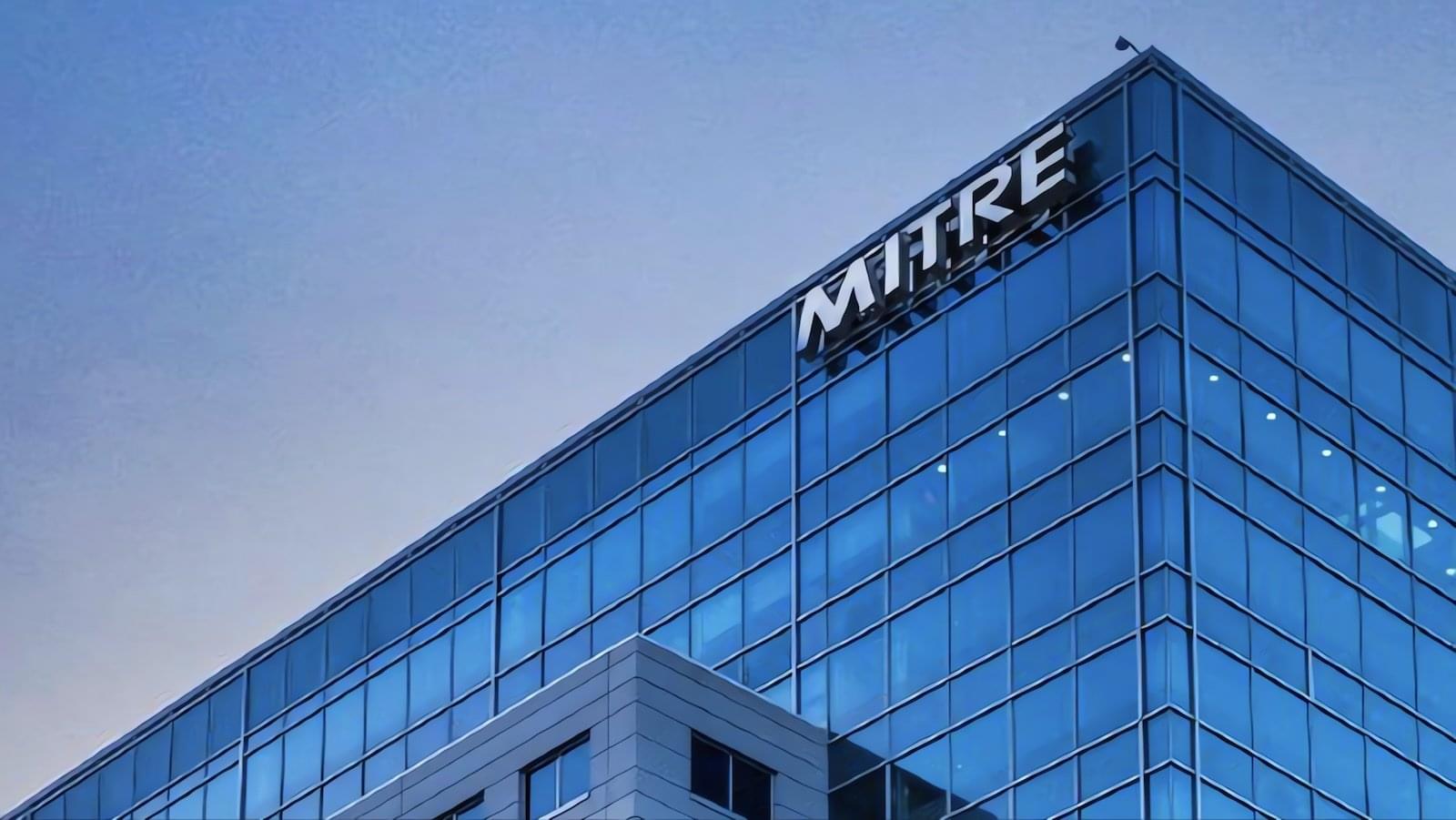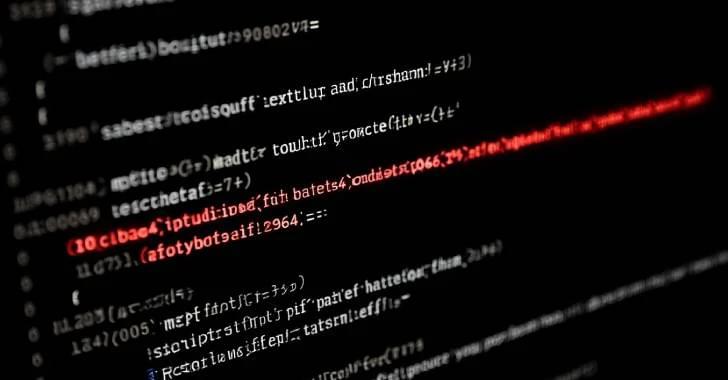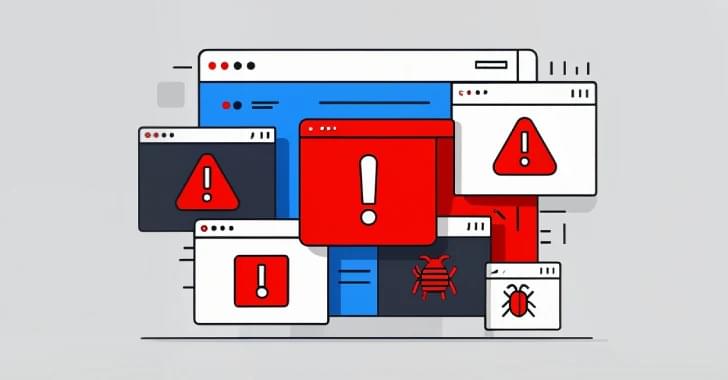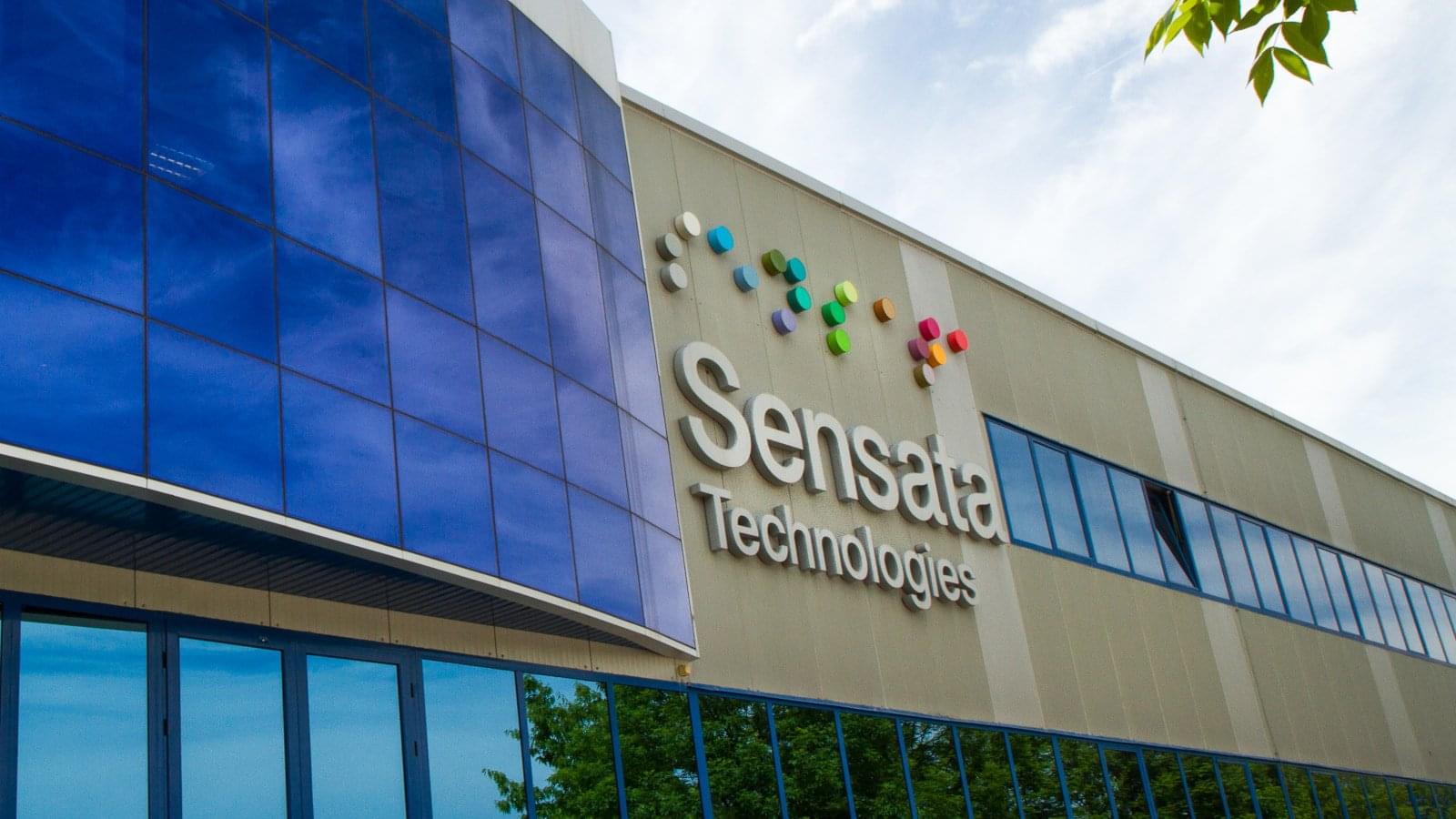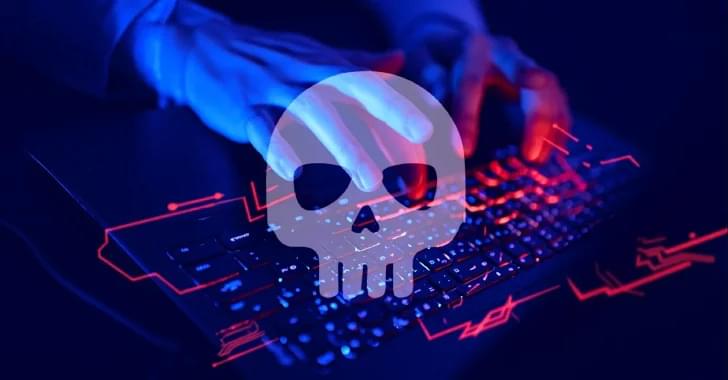MITRE Vice President Yosry Barsoum has warned that U.S. government funding for the Common Vulnerabilities and Exposures (CVE) and Common Weakness Enumeration (CWE) programs expires today, which could lead to widespread disruption across the global cybersecurity industry.
CVE, the most critical of the two, is maintained by MITRE with funding from the U.S. National Cyber Security Division of the U.S. Department of Homeland Security (DHS). CVE is crucial for providing accuracy, clarity, and shared standards when discussing security vulnerabilities.
The program is widely adopted across various cybersecurity tools, including vulnerability management systems, and it allows tracking all newly discovered vulnerabilities using CVE Identifiers (CVE IDs) assigned by CVE Numbering Authorities (CNAs) worldwide, with MITRE as the CVE Editor and Primary CNA.
